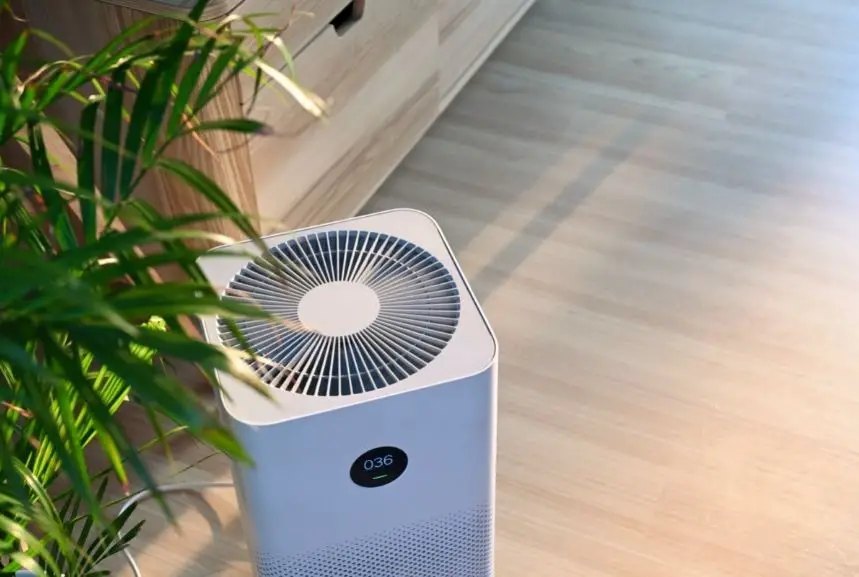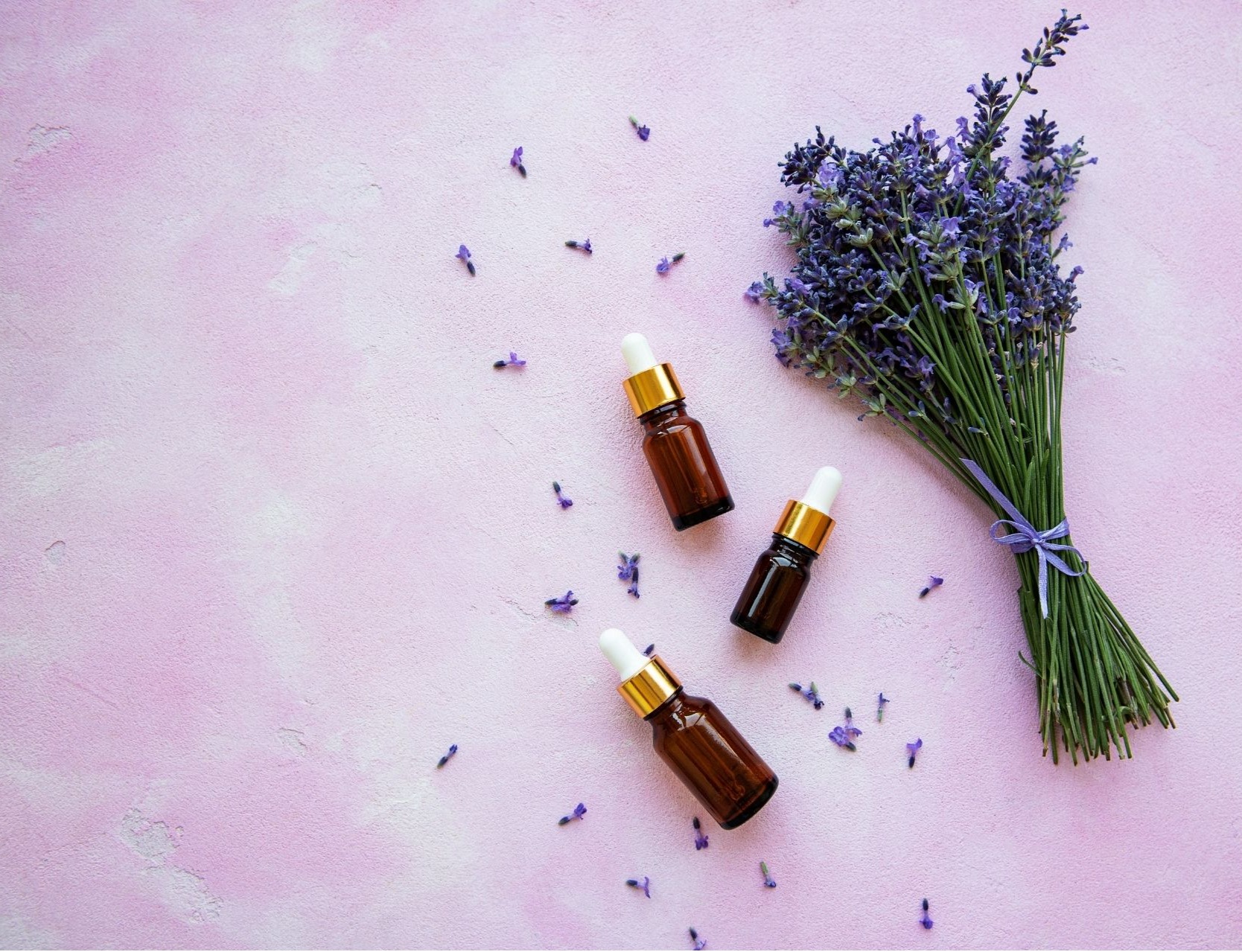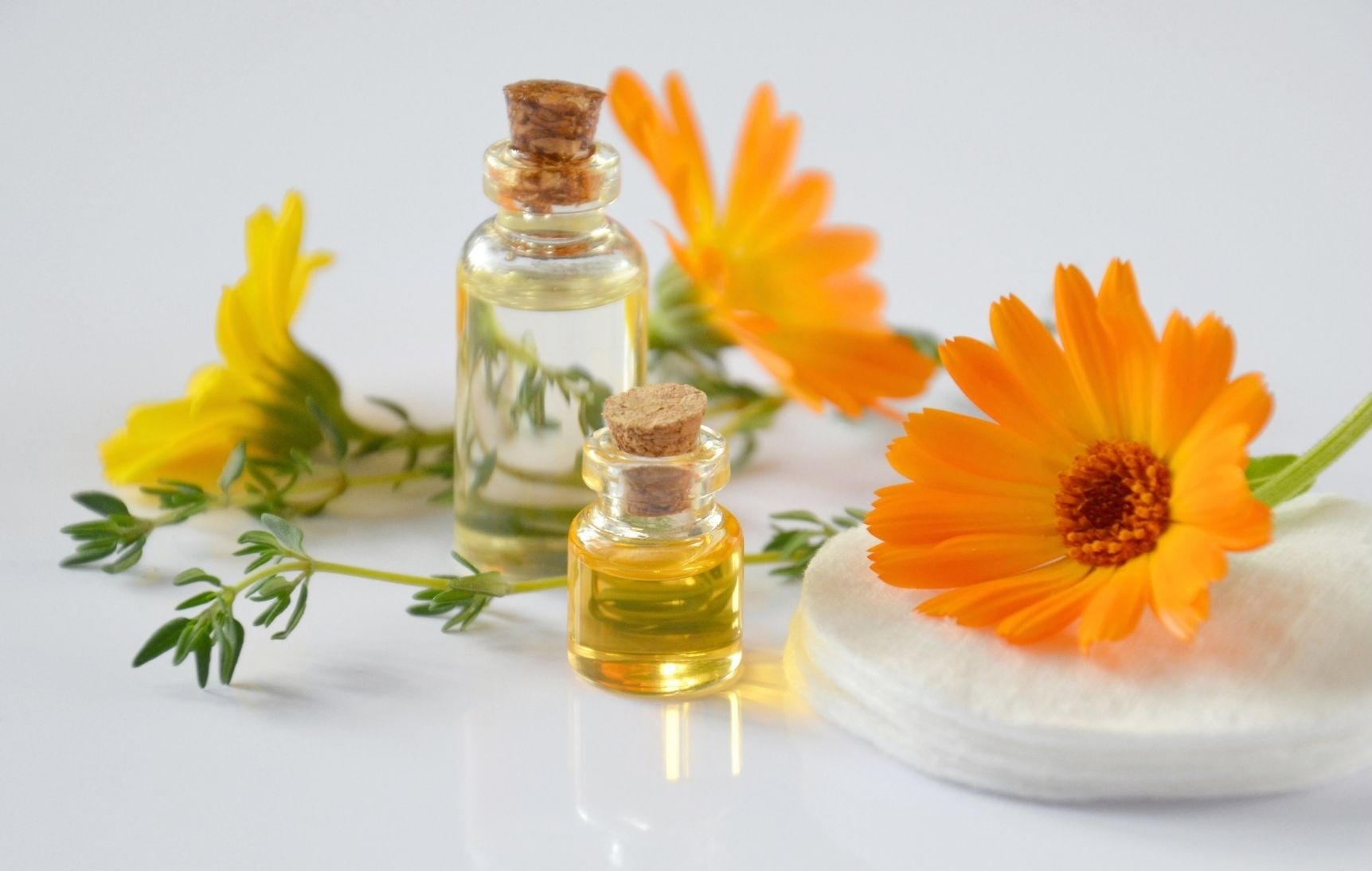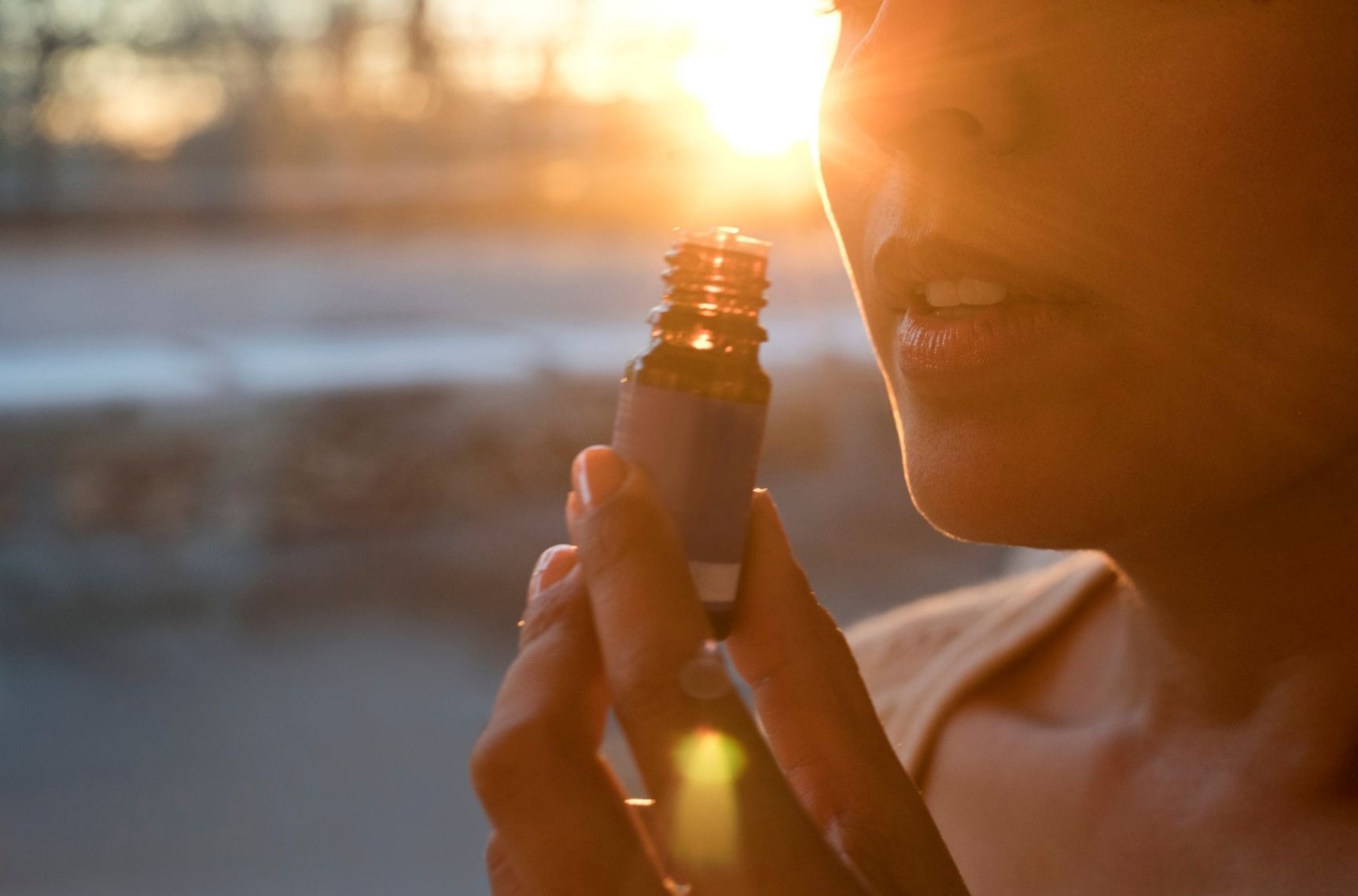Table of Contents
Essential oils in humidifier? What are the alternatives?
Most of the time you will find that essential oils are not recommended to put into the water of a humidifier.
Most experts agree that essential oils will eventually degrade the gaskets and the materials that your humidifier is made of. And clog it up so that it will not mist as efficiently. All which will significantly lower the lifetime of your humidifier.
That’s unless of course you have a humidifier That has been designed with a separate compartment for putting the essential oils.
And the caveat to that is, you usually have to purchase and use the blend of essential oil that the humidifier company supplies and sells. And not surprisingly, cost more than your typical drugstore variety.
You can of course dilute essential oils enough that you will not likely see too much deterioration in your humidifier, at least for a good long while.
But the amount you have to dilute the oils, can water them down to the point that they’re really not worth using in the first place.
That’s why we produced this article.
Alternatives to using essential oils in humidifier
Here we will give you a few suggestions for alternatives to using essential oils in a humidifier. We will also give you a description with the benefits that you may expect to get when using them.
Alternatives to using a humidifier for essential oils
| Alternative | Use | Benefits | Considerations |
|---|---|---|---|
| Vaporizer | 5-10 drops per use | Disperses aromatic vapors | Use vaporizer designed for oils; don’t inhale too directly |
| Boiling Pot Humidifier | 3-5 drops per large chamber | Scent spreads through steam | Clean frequently to remove oil residue |
| Diffuser | 5-10 drops per use | Ambiance, therapeutic benefits | Protects oils from degradation |
| Candles/Oil Warmers | Few drops in melted wax or oil | Gradual aromatic ambiance | Don’t oversaturate, may clog wick |
| Potpourri | Few drops mixed into dry ingredients | Provides room fragrance over time | Monitor scent, add more oil as needed |
| Personal Inhalation, Baths, Cleaners | Few drops diluted appropriately | Direct aroma exposure | Use proper ventilation and dilution |
- Vaporizer
- Boiling pot humidifiers
- Diffusers
- Candles/oil warmers
- Poutpouri
- Baths, homemade cleaners, personal inhalation
1. Vaporizers
Vaporizers can disperse essential oils into the air. Use 5-10 drops per use. Provides aromatic benefits. Be sure to get a vaporizer designed for oils and don’t breathe the vapors too directly.
2. Boiling pot humidifiers
Old-fashioned boiling pot humidifiers allow adding oils to the boiling water. Use 3-5 drops per large chamber. The heat helps spread the scent. Clean frequently to remove oil residue.
3. Diffusers
Diffusers are designed for essential oils allow aroma dispersal. Use 5-10 drops per use. Provides ambiance and potential therapeutic benefits. Diffusers protect oils from degradation compared to humidifiers.
4. Candles and candle warmers
Adding a few drops of essential oil to melted candle wax or lamp oil disperses scent as the candle burns. Provides gradual aromatic ambiance. Be careful not to add too much oil as it may clog the wick.
5. Potpourri
Mixing a few drops of essential oils into dry potpourri ingredients helps provide aroma as the mixture releases the scent over time. Adds pleasant fragrance to rooms. Monitor scent levels and add more oils as needed.
6. Baths, cleaners, personal inhalation
Adding essential oils to bath water, homemade cleaners, or inhaling from a cotton ball allows personal direct aroma exposure. Take proper safety precautions like ventilation and dilution. Provides therapeutic aromatherapy benefits.
Alternatives to using essential oils in a humidifier
| Category | Options | Amounts to Use |
|---|---|---|
| Water Soluble Oils | Vegetable glycerin, jojoba oil, olive oil, grapeseed oil, sunflower oil, sesame oil, avocado oil | 1-2 tbsp or tsp per gallon |
| Carrier Oils | Fractionated coconut oil, sweet almond oil, apricot kernel oil, argan oil, grapeseed oil, olive oil, jojoba oil, avocado oil | 3-10 drops per gallon |
| Herbs/Potpourri | Lavender, rosemary, spearmint, peppermint, eucalyptus, lemon balm, chamomile, thyme, rose petals | 1-4 tbsp per gallon |
| Fruits/Vegetables | Lemon, orange, lime, cucumber, apple slices | 2-4 slices or tbsp per gallon |
| Flowers | Rose petals, jasmine, chamomile | 1-3 tbsp per gallon |
| Spices | Cinnamon sticks, cloves, star anise, vanilla beans | 1-5 items per gallon |
Water Soluble Oils:
What are water soluble oils?
Water soluble oils are plant-derived oils that can dissolve in water and provide aroma and humidity benefits when added to humidifiers.
Popular options include:
- Vegetable glycerin – Derived from plant oils like coconut, palm, or soybean oil. Helps add moisture to the air. Use 1-2 tablespoons per 1 gallon of water. Has a mild, sweet flavor.
- Jojoba oil – Liquid plant wax extracted from jojoba seeds. Has a light nutty aroma. Use 5-10 drops per gallon of water.
- Olive oil – Adds moisture, has a mild herbal scent. Use 1-2 teaspoons per gallon of water.
- Grapeseed oil – Very light scent, helps retain moisture. Use 1-2 tablespoons per gallon of water.
- Sunflower oil – Light odor, high in vitamins E, A, D. Use 1-2 tablespoons per gallon.
- Sesame oil – Has a nutty aroma, soothing for skin. Use 1-2 teaspoons per gallon.
- Avocado oil – Has a rich texture and faint scent. Use 1-2 tablespoons per gallon.
Carrier Oils:
What are carrier oils?
Carrier oils are plant-based oils that can be combined with essential oils to diffuse their aroma. Carrier oils have mild scents and gentle properties that make them suitable for humidifier use.
Good options include:
- Fractionated coconut oil – Extracted from coconut oil. Won’t solidify at room temperature. Has anti-bacterial and moisturizing properties. Use 5-10 drops per gallon.
- Sweet almond oil – Extracted from almonds. Easily absorbed by skin, faint nutty scent. Use 5-10 drops per gallon.
- Apricot kernel oil – Pressed from apricot seeds. Has a light, nutty aroma, good for softening skin. Use 3-5 drops per gallon.
- Argan oil – Extracted from argan tree nuts. Easily absorbed, has a mild nutty smell. Use 5-7 drops per gallon.
- Grapeseed oil – Very light, nearly odorless. Use 4-6 drops per gallon.
- Olive oil – Has an herbal scent, smooths skin. Use 3-5 drops per gallon.
- Jojoba oil – Mimics natural skin oils, has a faintly nutty scent. Use 4-7 drops per gallon.
- Avocado oil – Rich and nourishing for skin and hair. Use 5-8 drops per gallon.
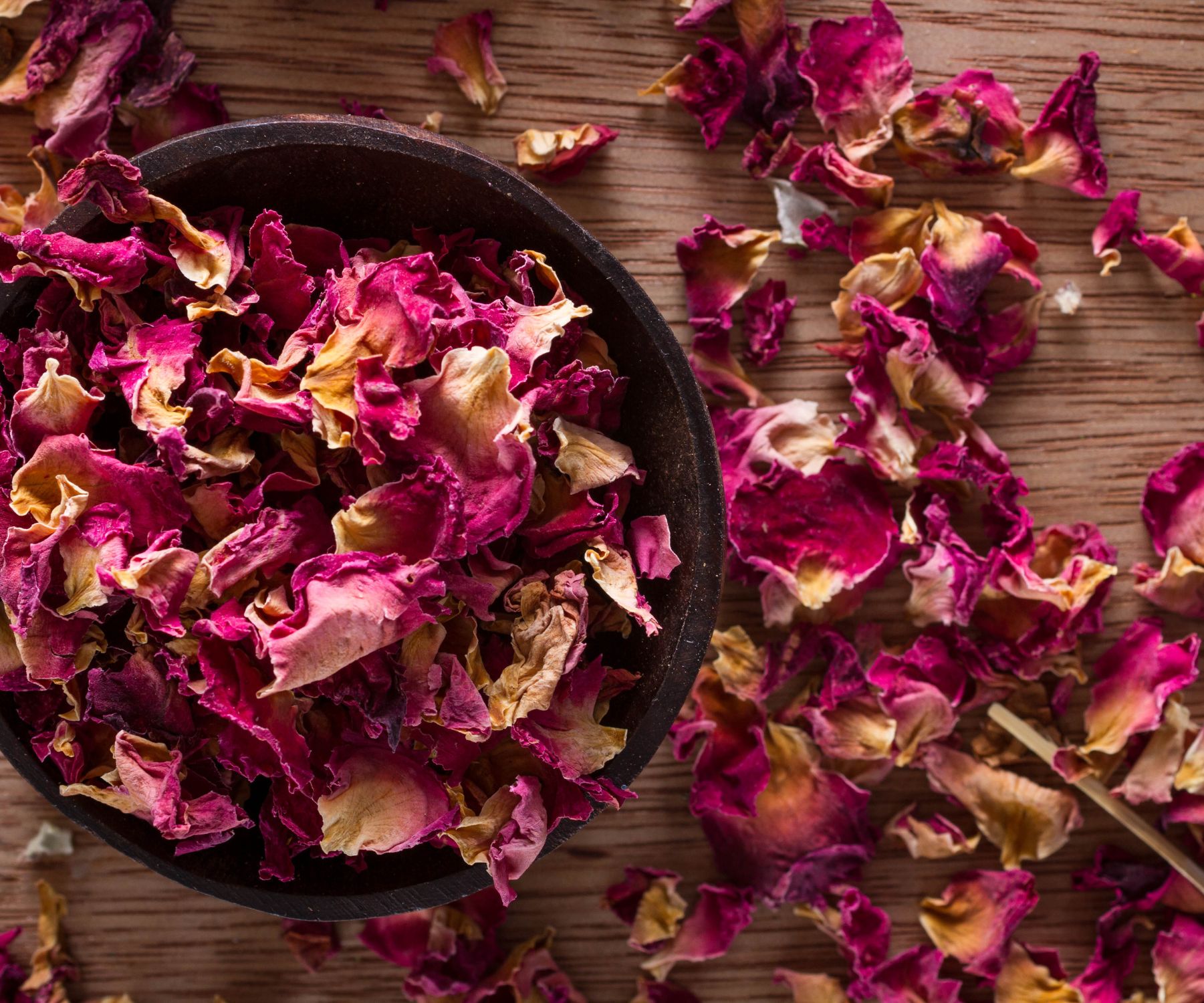 Herbs/Potpourri:
Herbs/Potpourri:
Dried herbs and potpourri ingredients can provide natural fragrance:
- Lavender – Has a fresh, floral scent. Steep 2-3 tablespoons of dried buds per gallon of water.
- Rosemary – Provides an energizing aroma. Steep 1-2 tablespoons of dried leaves per gallon.
- Spearmint or peppermint – Helps open airways with a cooling scent. Steep 1 tablespoon of dried leaves per gallon.
- Eucalyptus – Has an open, medicinal scent. Steep 2-3 leaves per gallon.
- Lemon balm – Provides an uplifting citrus aroma. Steep 2-4 tablespoons per gallon.
- Chamomile – Has a delicate, soothing scent. Steep 2-4 tablespoons per gallon.
- Thyme – Earthy, herbal aroma. Steep 1-2 tablespoons per gallon.
- Rose petals – Offer a fragrant, floral scent. Add 1-2 tablespoons per gallon.
Other Natural Additions:
Fruits, vegetables and flowers can provide pleasant natural fragrances:
- Lemon, orange, or lime slices – Bright, citrusy aroma. Add 2-3 washed slices per gallon.
- Cucumber slices – Cool, watery scent. Add 3-4 washed slices per gallon.
- Apple slices – Fresh, crisp aroma. Add 2-3 washed slices per gallon.
- Rose petals – Sweet floral scent. Add 1-2 tablespoons per gallon.
- Jasmine – Rich, exotic floral aroma. Add 1-2 tablespoons per gallon.
- Chamomile flowers – Delicate, soothing fragrance. Add 2-3 tablespoons per gallon.
Spices like cinnamon, cloves, star anise, and vanilla beans provide stronger scents so use sparingly:
- Cinnamon sticks – Warm, spicy aroma. Add 1 stick per gallon.
- Cloves – Strong, pungent fragrance. Add 3-5 whole cloves per gallon.
- Star anise – Has a licorice-like scent. Add 2-3 pods per gallon.
- Vanilla beans – Provide a soothing, warm aroma. Add 1-2 beans per gallon.
Start with small amounts of any additives and adjust based on scent strength and humidifier performance. Always monitor closely to prevent clogging issues.
 What can you put in a humidifier to clean the humidifier while it’s running?
What can you put in a humidifier to clean the humidifier while it’s running?
Here are some additional options that can be used in humidifiers to freshen and clean the air:
- Vinegar – Helps kill bacteria and fungi. Use 1 tablespoon white vinegar per gallon of water. Provides a light, tangy scent.
- Vodka – Has disinfecting properties. Use 1-2 tablespoons per gallon of water. Will provide a light alcohol aroma.
- Hydrogen peroxide – Natural oxidizing agent helps clean the air. Use 1-2 teaspoons of 3% solution per gallon of water. Little to no scent.
- Essential oil blends – Look for antibacterial/disinfectant blends, like thyme, tea tree, rosemary, lemon, eucalyptus. Use 5-10 drops per gallon of water.
- Dried herbs – Rosemary, lavender, mint provide light scent and cleansing properties. Steep 1-2 tablespoons per gallon of water.
- Spices – Cinnamon sticks, cloves, give air cleaning benefits. Use 1-2 items per gallon of water.
- Citrus peels – Lemon, grapefruit, orange peels help purify air. Add 2-3 peels per gallon of water.
- Baking soda – Natural deodorizer and air purifier. Use 1-2 tablespoons per gallon of water.
Avoid using synthetic fragrances like perfume, fabric softener, and vanilla extract as they can clog up the humidifier.
Can you put perfume in a humidifier?
It’s usually not suggested to put anything synthetic and so humidifier because it can clog it up.
But there is an alternative that can work well with perfume and vanilla extract as well as fabric softener.
Old fashioned boiling humidifiers
When I was a kid, My family always had water boiling on the stove and on the floor furnace (Yes I realize that dates me somewhat badly)
Old-fashioned humidifiers that work by boiling water are a bit more forgiving when it comes to adding scented items. However, there are still some precautions to take:
- Synthetic fragrances like perfumes, fabric softeners, and vanilla extract should still be avoided or used very sparingly. Just 1-2 drops per large boiling chamber.
- Essential oils can be added more freely to boiling water, but still use caution – 3-5 drops per large boiling chamber is sufficient. The heat can break down the oils over time.
- Dried herbs, citrus peels, cinnamon sticks and other natural items can be boiled along with the water to provide fragrance. Use 1-2 tablespoons or 1-2 pieces per large boiling chamber.
- For vintage metal kettle-style humidifiers, ingredients can be placed inside the kettle as the water boils. Use a tea infuser to hold herbs.
The main thing is to use caution even with boiling humidifiers. Still start with minimal amounts of any scented additions. And give the boiling chamber a thorough cleaning regularly when adding anything other than plain water.
 Christmas additives!
Christmas additives!
It’s starting to look low like Christmas again. Of course Christmas comes earlier every year.
If you got an old fashion boiling humidifier or you’re just boiling water on the stove to use as a humidifier, Here are some festive recipe ideas for sending the water to give your home a awesome holiday aroma:
Winter Spice:
- 2 cinnamon sticks
- 1 tablespoon whole cloves
- Orange slices or peels from 1 orange
- Dash of nutmeg
Peppermint Candy:
- 1/2 cup crushed peppermint candies or candy canes
- A few drops of peppermint extract (optional)
Forest Pine:
- 1 cup pine needles
- 2 tablespoons fir or cedar branches
- 2-3 drops pine essential oil (optional)
Cranberry Orange:
- 1 cup fresh cranberries
- Orange slices or peels from 2 oranges
- 1/2 teaspoon vanilla extract
Gingerbread:
- 1-2 tablespoons ground ginger
- 1 tablespoon ground cinnamon
- 1/2 teaspoon nutmeg
- 2-3 tablespoons molasses
Standard humidifier Christmas scents
Many of the recipes for stovetop boiling humidifiers can also be adapted for use in standard cool mist and ultrasonic humidifiers with some slight adjustments:
- Use smaller amounts of the ingredients since the water reservoirs are much smaller than old boiling chambers. Start with about 1/4 to 1/2 the amounts listed.
- Avoid anything that could clog the humidifier filter or mechanism, like pine needles, cranberries, and pulp/rind from citrus fruits. Strain or blot these ingredients.
- Skip the spices and extracts that contain oils, like cinnamon, nutmeg, and peppermint extract. The essential oils can leave residue in non-boiling humidifiers.
- Crush hard ingredients like cinnamon sticks and candy canes so they will dissolve in the water more. Or place in a tea infuser.
- Citrus peels, herbs, vanilla beans, and molasses can be steeped right in the water reservoir like tea.
- Change the water daily to avoid buildup of oils from ingredients leaching into the water over time.
Some revised cool mist humidifier recipes:
- Orange and clove peels
- Crushed peppermint candies
- Fresh rosemary sprigs
- Cranberries and sliced ginger
- Molasses and vanilla beans
Conclusion
Unless you have a humidifier that has a specific compartment to use essential oils in, it’s usually best not to put essential oils in the water of any humidifier. They can clog your humidifier as well as degrade the




